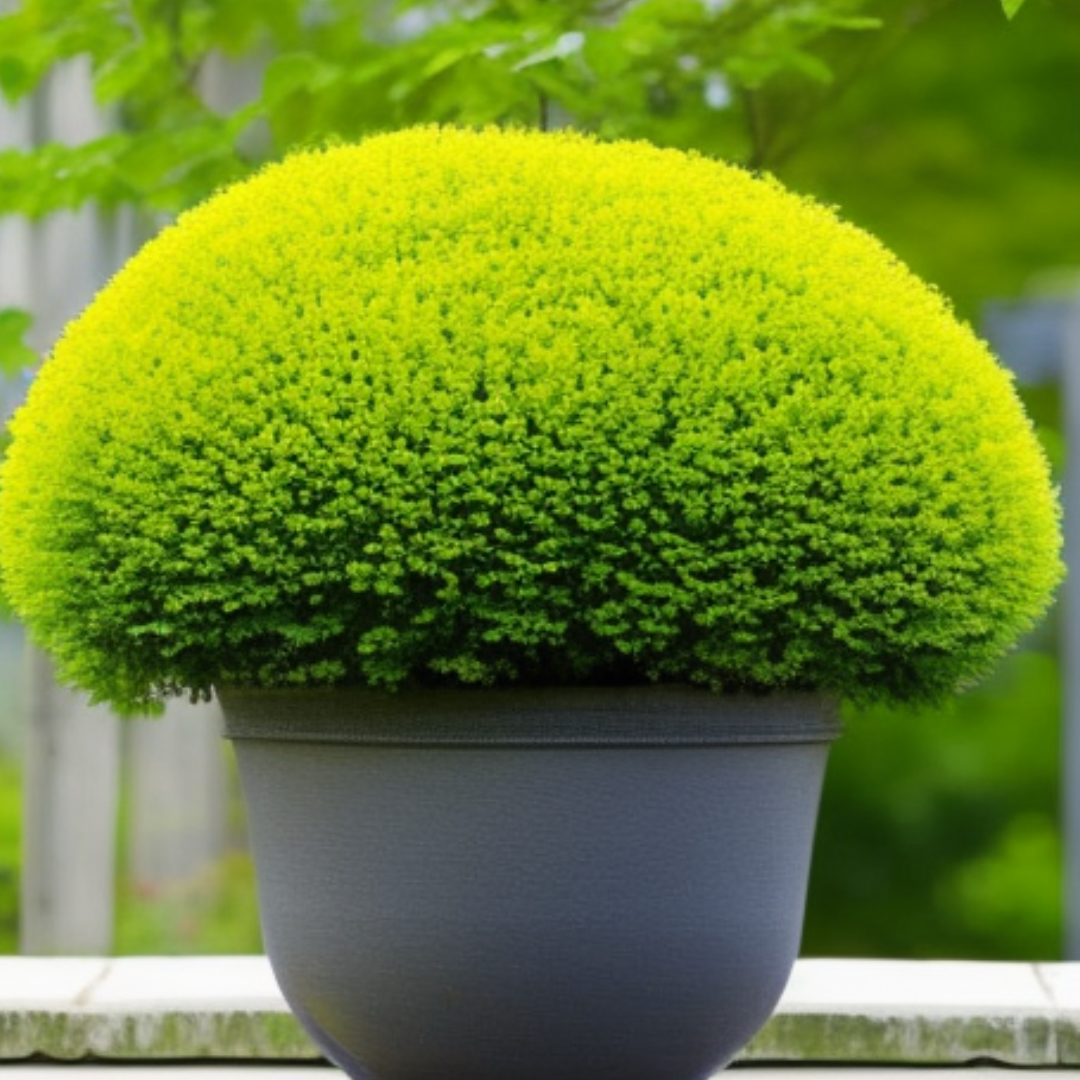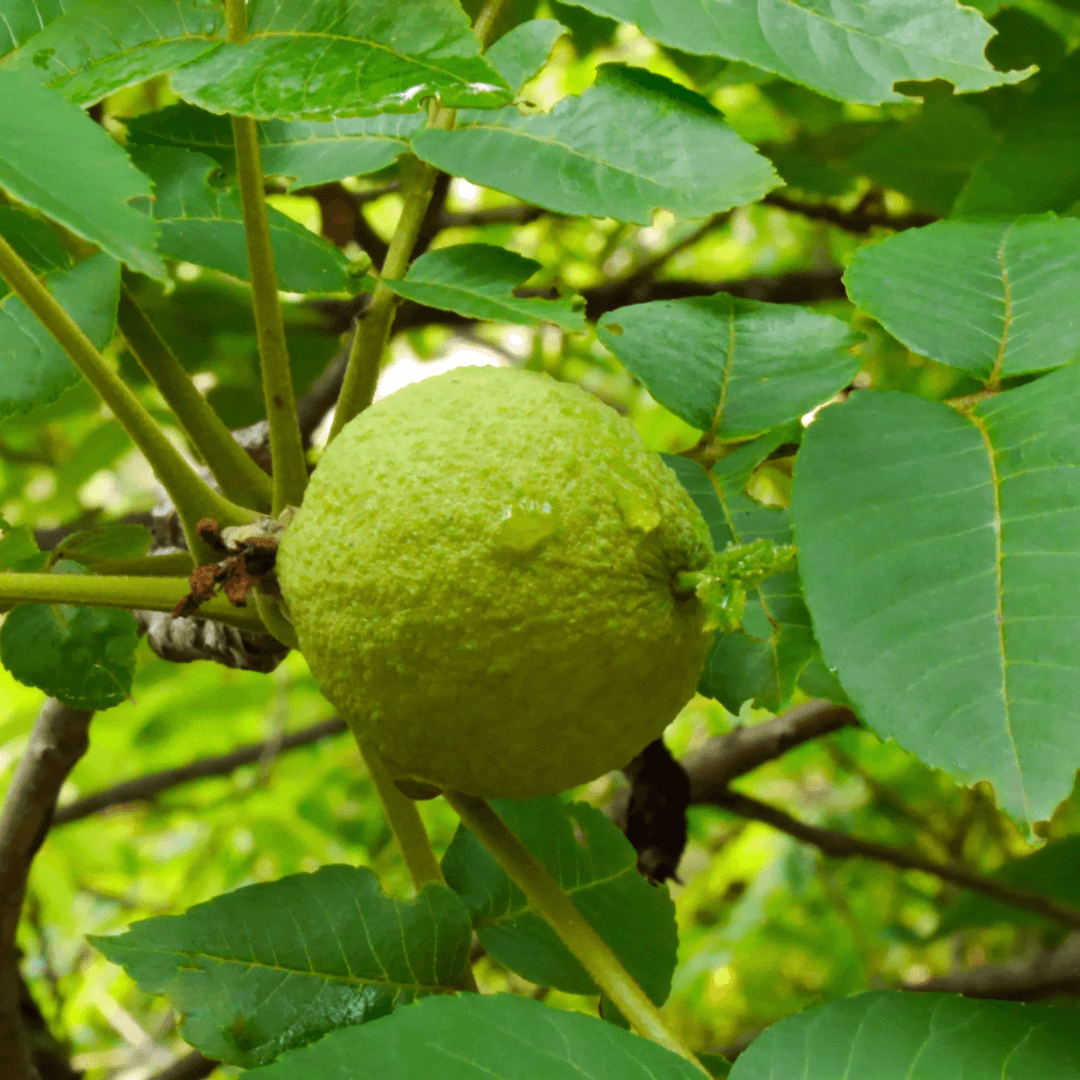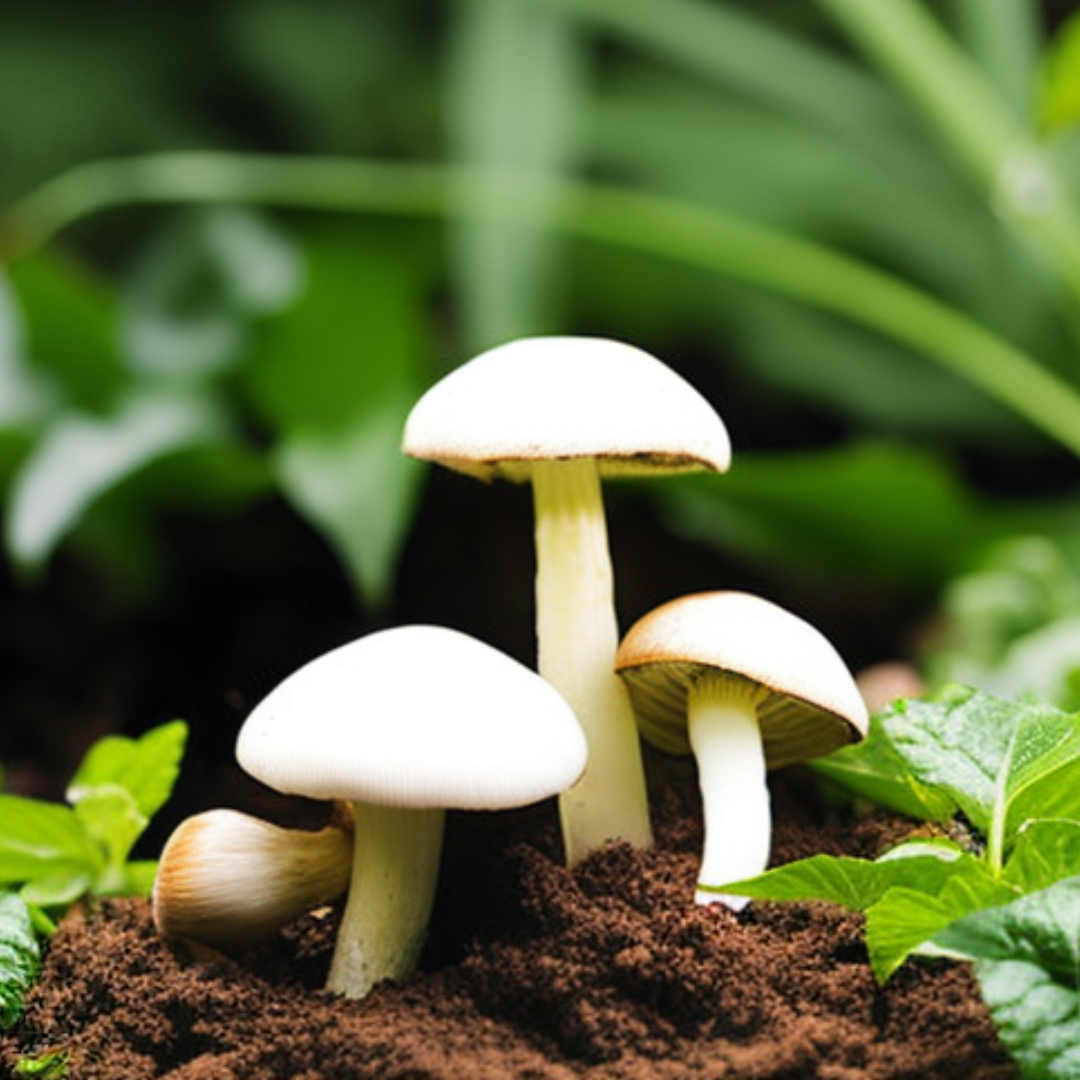Dogwood trees are famous for gardeners due to their stunning blooms and foliage. However, if you don't have enough space in your yard or want to bring this beauty to your patio or balcony, you can consider growing a dogwood tree in a container. Come learn how to grow a dogwood tree in a container to liven up your porch or balcony!
Growing a dogwood tree in a pot requires careful attention to the plant's root systems and growing conditions. Here are some essential tips to help you develop a dogwood tree in a container.
How to Grow a Dogwood Tree in a Container
-
Choosing the Right Container
The first step in growing a dogwood tree in a pot is to choose the correct container. The pot should be large enough to accommodate the root systems and allow the tree to grow fully. A general rule of thumb is to choose a container at least 18 to 24 inches in diameter and 18 to 24 inches deep.
Make sure the container has drainage holes to allow excess water to escape. Without proper drainage, the roots can become waterlogged and rot.
-
Selecting the Right Soil
The soil you use for your potted dogwood tree is essential to its growth and health. Dogwood trees prefer well-draining soil that is slightly acidic with a pH between 5.5 to 6.5.
You can use a potting mix that is specifically formulated for acid-loving plants, or you can create your mix by combining one part peat moss, one part perlite or vermiculite, and one part pine bark.
-
Preparing the Container
Before planting your dogwood tree in a pot, prepare the container by filling it with soil, leaving about two inches of space at the top. Soak the soil with water until it is moist but not waterlogged.
-
Choosing the Right Dogwood Tree
Not all dogwoods are suitable for growing in a container; selecting the appropriate variety is essential. Some of the best dogwoods for pots include Cornus florida, Cornus kousa, and Cornus sericea.
When selecting a dogwood tree from a garden center or local nursery, choose a healthy plant with a sturdy trunk and branches. Avoid trees with yellow leaves or signs of pests or diseases.
-
Planting the Dogwood Tree
To plant your dogwood tree in a pot, carefully remove it from its container and loosen any tangled or circling roots. Place the tree in the pool's center and fill the container with soil, ensuring the ground is firmly packed around the root ball.
Water the tree thoroughly, ensuring the water reaches the bottom of the pot. You may need to add more soil after watering to ensure the soil level remains even.
-
Providing Adequate Sunlight and Water
Dogwood trees prefer partially shaded areas, so place your potted dogwood tree in an area that receives morning sun and afternoon shade. Direct sunlight can scorch the leaves and cause the tree to wilt.
Water your dogwood tree regularly to keep the soil moist but not waterlogged. Check the soil's moisture level by inserting your finger about an inch into the ground. If it feels dry, water the tree thoroughly.
-
Fertilizing the Dogwood Tree
You can fertilize your potted dogwood tree with a slow-release fertilizer in the early spring to promote healthy growth and blooms. Follow the manufacturer's instructions and apply the fertilizer evenly around the tree's base.
-
Pruning the Dogwood Tree
Regular pruning can help keep your potted dogwood tree healthy and promote new growth. Prune your dogwood tree in late winter or early spring while it is still dormant.
Remove any dead, diseased, or damaged branches, and cut back any branches growing too close to the main trunk or crossing over each other. You can trim the tree throughout the growing season to maintain its shape and size.
-
Protecting the Dogwood Tree from Winter Weather
If you live in a region with harsh winter weather, you may need to protect your potted dogwood tree from the cold. You can wrap the container with insulation or move the tree indoors to an excellent but bright location.
-
Repotting the Dogwood Tree
As your potted dogwood tree grows, you may need to repot it into a larger container. Signs that your tree needs repotting include roots growing out of the drainage holes, yellowing leaves, or stunted growth.
To report your dogwood tree, carefully remove it from the current container and place it in a larger pot filled with fresh soil. Water the tree thoroughly and continue to care for it as usual.
Growing a dogwood tree in a container requires patience and attention to detail, but the result is a beautiful and eye-catching addition to your patio or balcony. By choosing the correct container, soil, and dogwood tree variety, providing adequate sunlight, water, and fertilization, and pruning the tree regularly, you can enjoy the stunning blooms and foliage of a dogwood tree even in a limited space.







